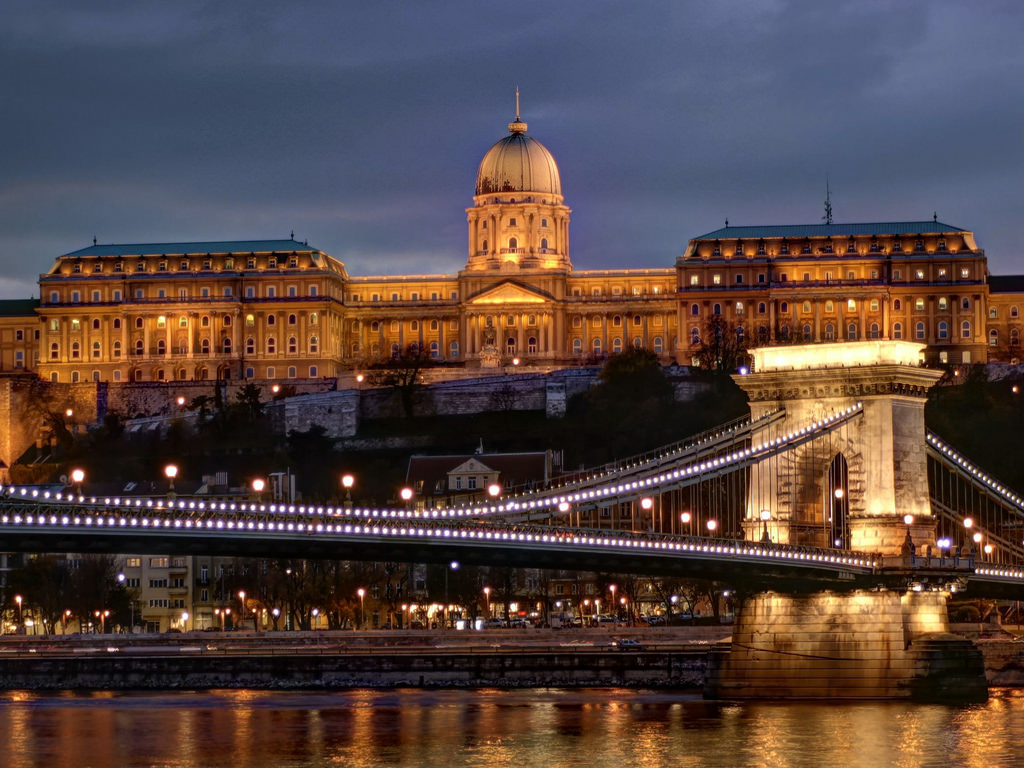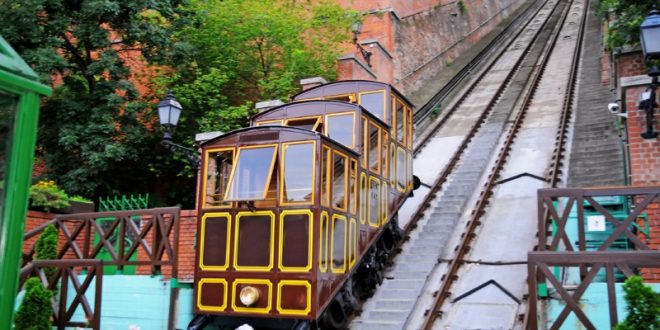

CONTACT US
1052 Budapest, Jane Haining Quay, Dock 11.
Customer support is available daily from 9:00 to 22:00.

Introduction
Perched on a majestic hilltop overlooking the Danube River, Buda Castle stands as an iconic symbol of Budapest’s rich history and architectural grandeur. With its awe-inspiring beauty, intriguing past, and captivating surroundings, Buda Castle has earned its place as one of Hungary’s most cherished landmarks. In this article, we embark on a journey through time to explore the allure and significance of Buda Castle, unraveling its storied past and its enduring presence as a cultural gem in the heart of Hungary’s capital.
Buda Castle, also known as the Royal Palace or the Buda Castle Palace, has witnessed centuries of Hungarian history unfold within its walls. The castle’s origins date back to the 13th century when King Béla IV of Hungary constructed the first fortified structure on Castle Hill to defend against Mongol invasions.
Over the centuries, Buda Castle evolved, undergoing various architectural transformations and expansions under the rule of different monarchs and dynasties. The imposing Gothic and Renaissance elements, along with the elegant Baroque touches, were added to the castle complex, giving it a unique blend of architectural styles that mirror the changing tides of history.
Throughout history, Buda Castle served as the royal residence of Hungarian kings, making it a significant seat of power and cultural patronage. The castle’s interiors were adorned with opulent furnishings, precious artworks, and luxurious decorations, showcasing the grandeur of the Hungarian monarchy.
Under the reign of King Matthias Corvinus in the 15th century, Buda Castle experienced a golden age of enlightenment and cultural flourishing. King Matthias was known for his love of arts and learning, and during his rule, the castle became a vibrant center of Renaissance culture, attracting scholars, poets, and artists from across Europe.
Buda Castle’s history is intertwined with tales of destruction and resilience. The castle endured numerous sieges and attacks over the centuries, facing destruction during the Ottoman occupation in the 16th century and later during the Habsburg rule.
In the 18th century, Empress Maria Theresa of Austria initiated the grand reconstruction of Buda Castle, transforming it into a splendid Baroque palace. The renowned architect, Miklós Ybl, played a pivotal role in the reconstruction efforts, adding elements of Neo-Renaissance and Neo-Baroque architecture that contribute to the castle’s current enchanting appearance.
Today, Buda Castle is more than just a historical landmark; it houses two prominent cultural institutions that showcase Hungary’s artistic and historical heritage. The National Gallery (Magyar Nemzeti Galéria) is home to an extensive collection of Hungarian art, spanning from medieval times to the present day. Visitors can immerse themselves in a journey through Hungarian artistic expressions, from traditional folk art to contemporary masterpieces.
Adjacent to the National Gallery is the Budapest History Museum (Budapesti Történeti Múzeum), where visitors can explore the city’s history and learn about its evolution over the centuries. Exhibitions in the museum cover a wide range of topics, including archaeological artifacts, medieval artifacts, and historical documents that shed light on Budapest’s captivating past.
Buda Castle is not the only treasure that graces Castle Hill. The entire Castle Hill, including Buda Castle, the Matthias Church (Mátyás-templom), and the Fisherman’s Bastion (Halászbástya), has been designated as a UNESCO World Heritage Site. The hilltop district boasts an architectural ensemble that reflects the diverse cultural influences that have shaped Hungary throughout its history.
The Matthias Church, with its stunning Gothic spires and colorful tiled roof, stands as a testament to the country’s religious heritage. The Fisherman’s Bastion, with its fairy-tale-like towers and panoramic views of Budapest, offers visitors a perfect spot to admire the city’s beauty and the Danube flowing serenely below.
Every day at noon, a ceremonial changing of the guard takes place in front of the Buda Castle’s main entrance. This grand tradition, reminiscent of historical royal ceremonies, attracts visitors who gather to witness the meticulously choreographed event. Dressed in traditional Hungarian uniforms, the guards solemnly carry out the ritual, adding a touch of splendor and regality to the castle complex.
Beneath the castle complex lies a subterranean world known as the Buda Castle Labyrinth. This maze of dark passageways and chambers adds an air of mystery and intrigue to the already enchanting castle grounds. Visitors can explore the labyrinth and immerse themselves in a unique experience, where history, folklore, and legend intertwine.
Conclusion: A Living Legacy of Hungarian Heritage
Buda Castle stands as a testament to the resilience of a nation and the enduring spirit of a people who have faced adversity and embraced change throughout history. Its walls have witnessed triumphs and tragedies, royal celebrations, and the turning tides of time.
Today, Buda Castle is not only a historical monument but a vibrant cultural hub that showcases Hungary’s artistic and historical treasures. As visitors wander through its halls, gaze at its architectural marvels, and admire the breathtaking vistas, they cannot help but be captivated by the majesty and allure of this timeless icon in the heart of Budapest.
Buda Castle’s legacy continues to thrive as a living testament to Hungarian heritage and as a cherished destination for travelers seeking to delve into the rich tapestry of history and culture that defines this captivating country.
